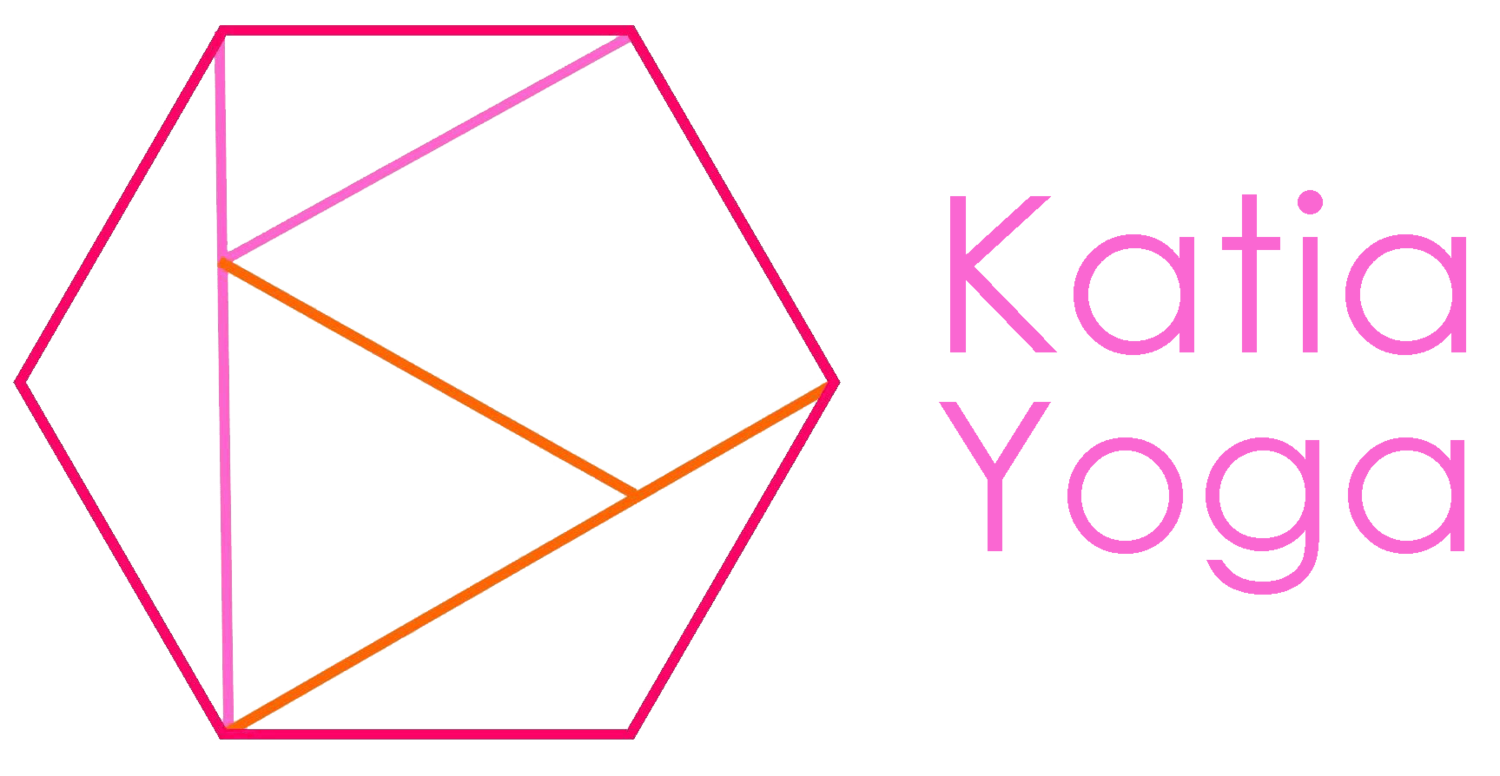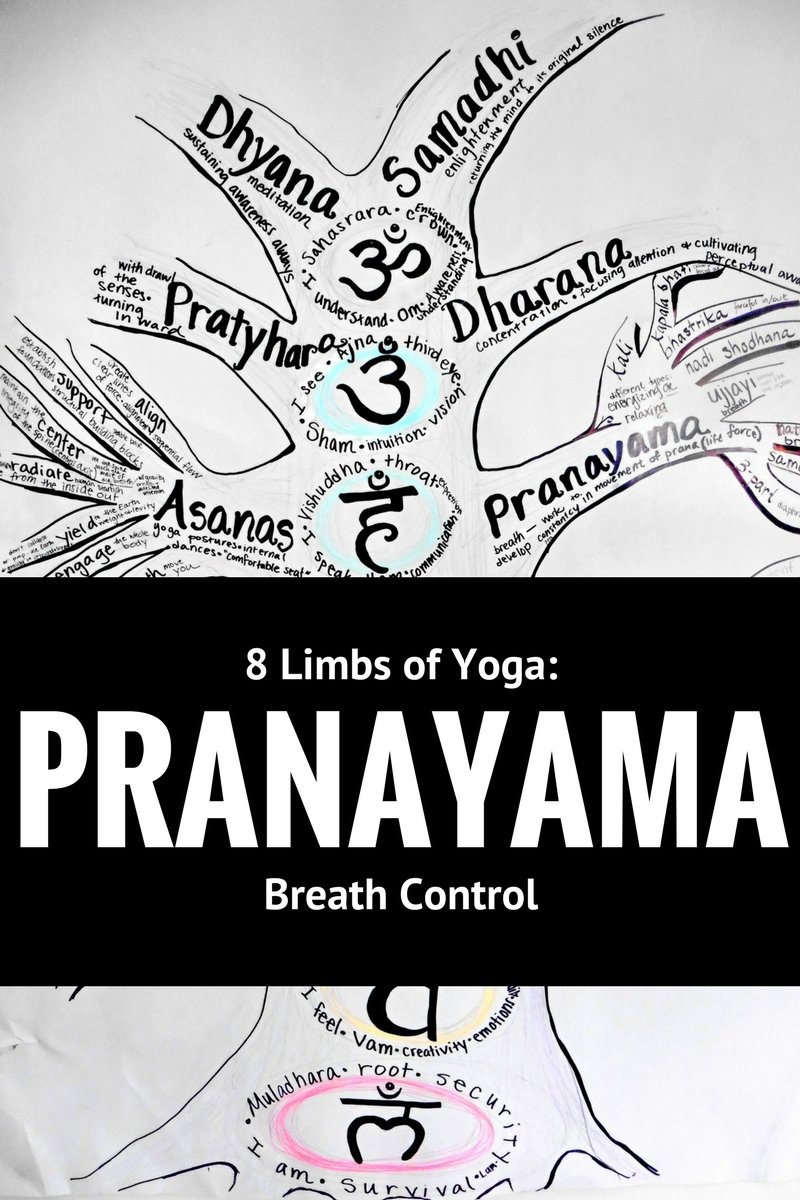The Complete Guide to Advancing your Yoga Self-practice
If you already started your yoga self practice, great work!! This post will provide you with some ideas on continuing to challenge yourself and working different parts of your body. If you're just starting click the photo to the right. With your self-practice, it can be easy to get into a rut, only practicing your favorite poses and the ones that are already familiar, and maybe even ones that are easy to you. It's important to push yourself beyond that point if you want to progress and improve. Below are some ideas for how to go beyond where you are now and suggestions for advancing your yoga self-practice.
[Just so you know, this post contains affiliate links]
Categories of poses
As a yoga instructor, there are 6 main areas to address in a class.
warm-ups
standing poses
arm balances/abs/hips
inversions/ thigh stretches
backbend/twist/forward bends
savasana
The Complete Guide to Advancing your Yoga Self-practice



Some classes aim to tick all of the boxes and some focus on a specific area, theme or goal. It's probably too much to try to tick all of the boxes every day in your home practice (though warm-ups and savasana are always a must). My suggestion is to assign each of these areas to one or two days of the week. Then brainstorm some poses in each category-- think about poses you like and poses that are difficult for you. It's good to have a variety of asanas for each group so you won't get bored doing the same poses too frequently. In a few months, you can re-assess your lists and maybe add new poses to your repertoire as your level progresses. Here's an example chart of weekly poses.
The Complete Guide to Advancing your yoga Self-practice
Another idea: post some pictures or doodles of poses you want to try on your wall. Sometimes once you're flowing it's hard to remember that great new asana you wanted to try or you can only remember the one you're most excited about. Some visual clues can help you get to lots of great shapes.I read this quote in the The Complete Guide to Yin Yoga, "People love to do the things that they love to do." In the book, the author is talking about making sure you balance your yin energy activities (more quiet, restful and rejuvenating) and yang energy activities (powerful, energized, strong). To me this quote is also a reminder to try to go beyond what you know and what is easy for you- challenge yourself to do the other things.
Disclaimer! Always be careful and listen to your body, especially your sensitive joints. You never want to feel real PAIN in yoga- try to shoot for 70% edge. Go for the Goldilocks technique, adding and removing strain until you reach your just-right stretch.
Every every every day, yoga
Try to make yoga a crucial part of your daily routine. Maybe schedule it in before you get ready for work or directly after your afternoon snack. Starting a habit is the hardest part- it takes a full month of dedicated work before any habit will become natural, including the habit of daily yoga.Of course, some days are super busy and it feels like there is no time or no energy for yoga. These are probably the days that you need yoga the most! Do whatever you can to at least make time for a few sun salutations or a few soothing restorative stretches. On these days, it's ok if don't have room for your complete practice, but send yourself the love of a little practice.Also illness can make moving your body feel extra hard. When you're sick, look to some soothing restorative poses, yin asanas or supine stretches. At least try for some cat-cow or a supine twist. Supta baddha konasana is always a good idea!
Spirituality
The spiritual side of yoga isn't for everyone, but it can be a great tool for staying steady emotionally and mentally. I recommend incorporating some meditation and/or pranayama into your practice. At the beginning or the end are usually the best time.
New Inspiration

Goal: add a new poses to your repertoire once a week!


Finding new asanas that meet your skill level and categorical needs can be a challenge. I recommend this book, 2,100 Asanas: The Complete Yoga Poses. It's filled with literally thousands of photos of asanas. This is a great place to find new ideas. Flipping through the pages is basically guaranteed to make you want to start to move. The book is already massive so it doesn't give a great deal of detail on getting into the poses. When a pose is appealing but unclear, I turn to the internet. These days even google has an archive of yoga poses. There are lots of great sites with detailed how to's regarding getting into the pose and alignment but it's hard to find them if you don't know the pose you're looking for. Knowing the name of a pose you want to try is a big help. 2100 can help you begin with that spark of inspiration.
If you are interested in a specific style of yoga, try to find a book that is directly related. There is a lot of yoga theory and philosophy behind most styles and a bit of background can help you find the right intention to infuse into your practice.Instagram is full of amazing yogis showing off their stuff. This can also be a good place to find new flows and inspiration. Also, participating in instagram challenges (whether you post your poses or not) is a good way to get into some different poses and learn from hosts who write about the alignment too. Photographing your asanas is a helpful tool for checking your alignment if you don't have a mirror in your yoga space. Pinterest also has lots of great infographics for how-to's and sequences to try.
Personal Yoga Journal
The Complete Guide to Advancing your yoga Self-practice




A yoga journal or even yoga sketchbook could also be a nice way to keep track of your poses and weekly ideas. You could possibly also make a calendar or tick boxes to track how often you practice.In this journal, you can also take some notes after yoga classes you attend. Try to take note of new poses you like, fun flows your body enjoys and great quotes, themes or intentions you may want to include in your home practice.This may sound like a lot. That's ok. Take whatever pieces may work for you and your practice. Your practice is only for you so do whatever makes you feel good and makes you want to roll out your mat again and again. Be proud of whatever you do!









